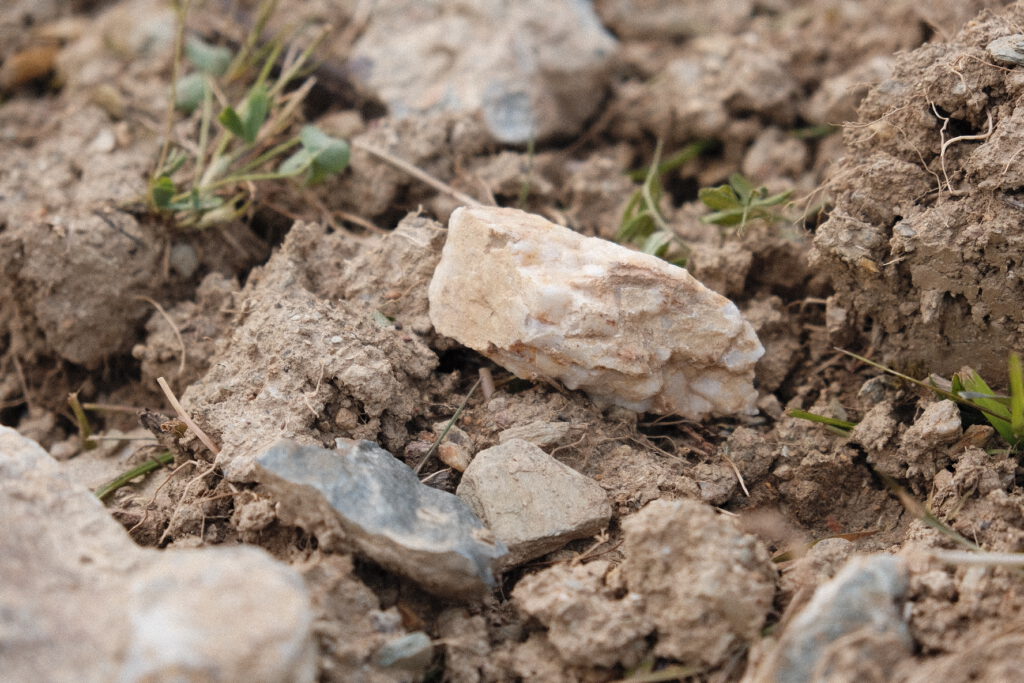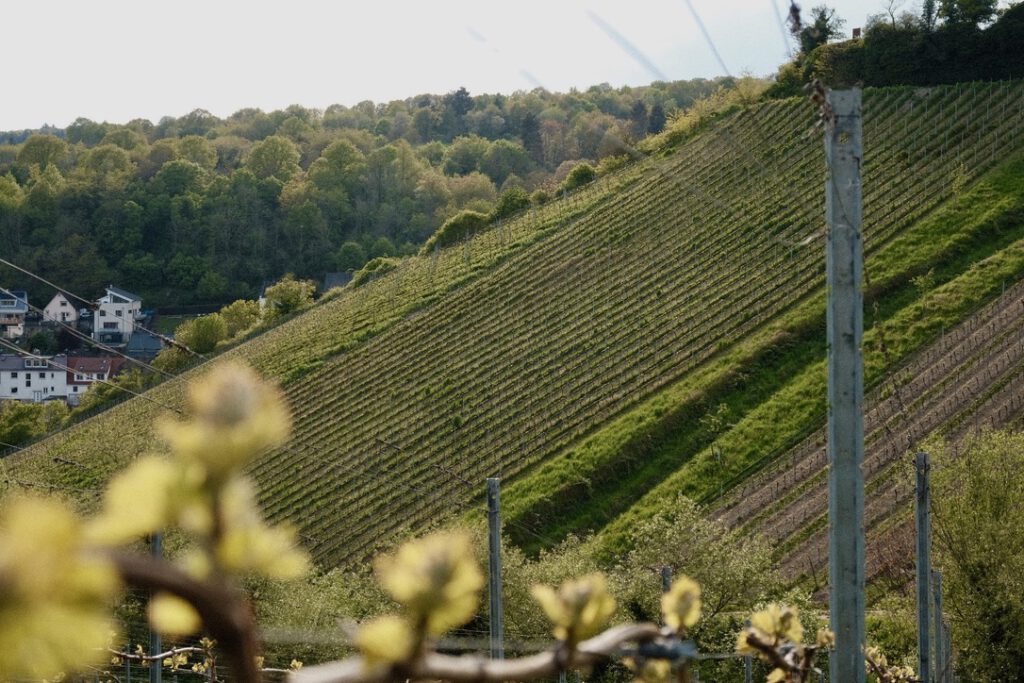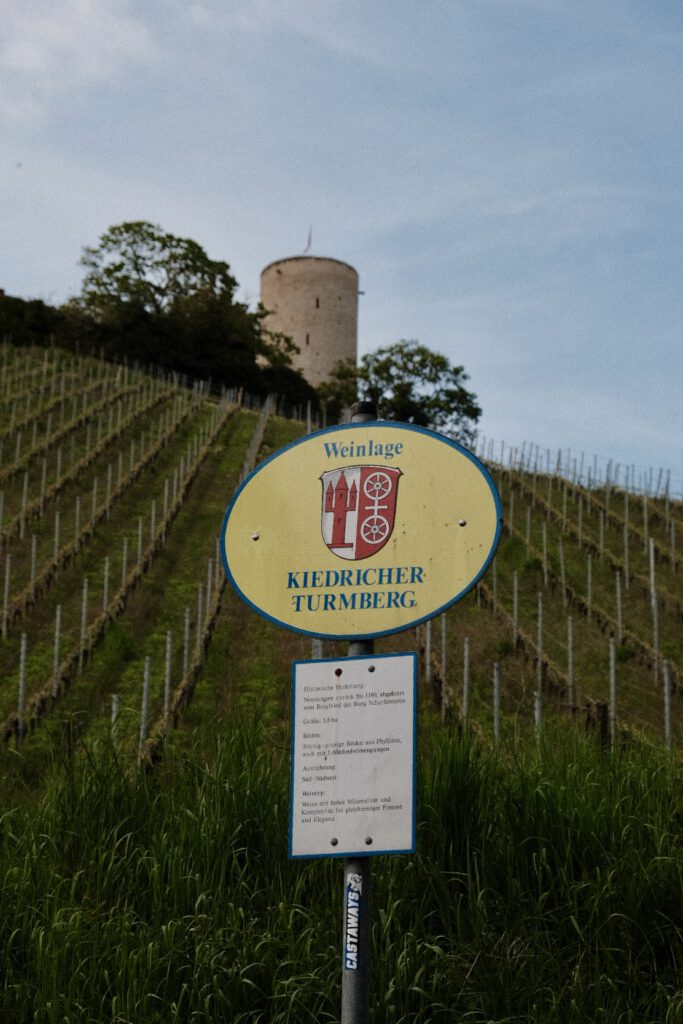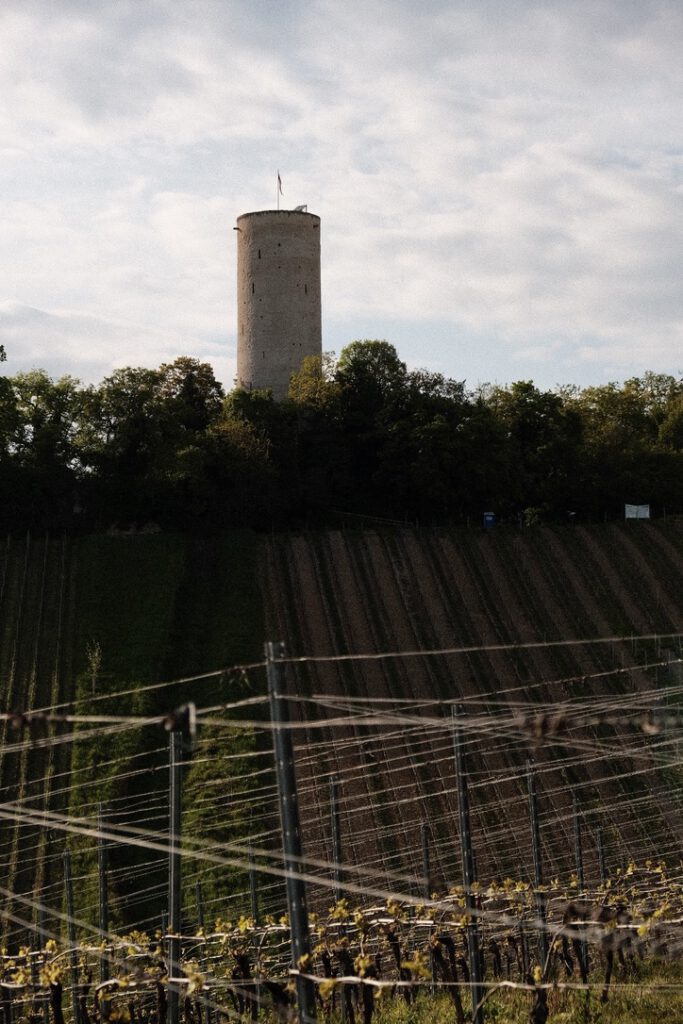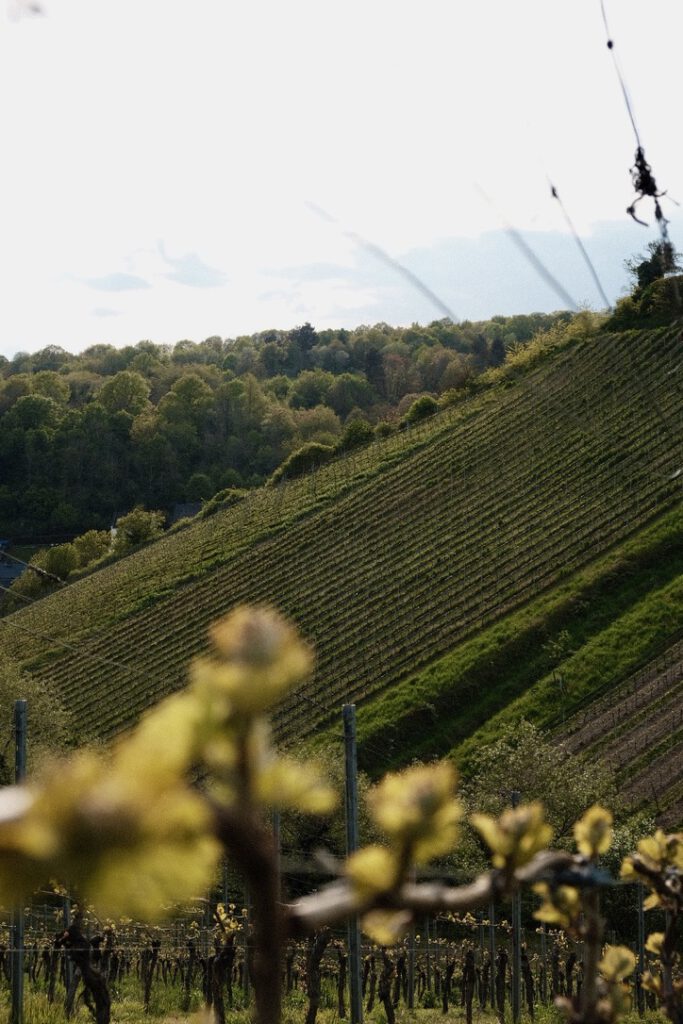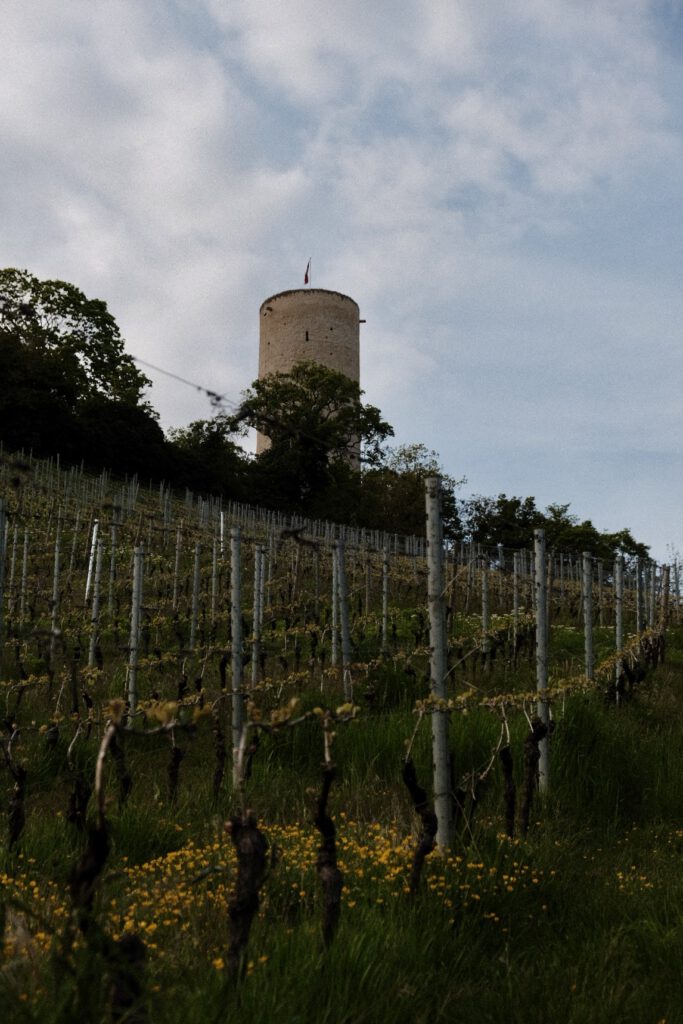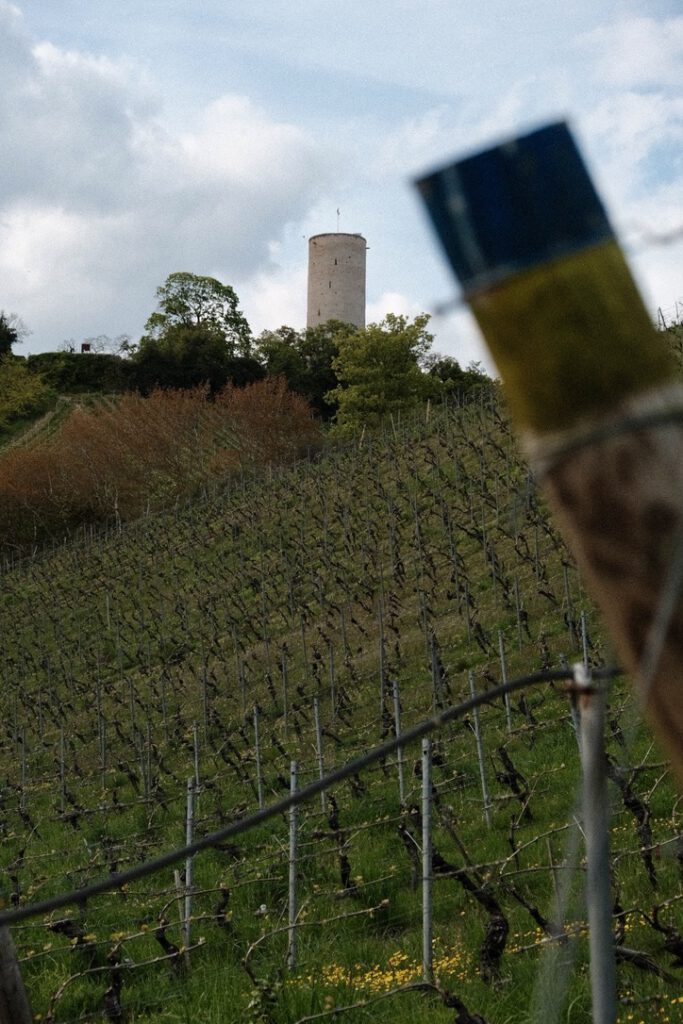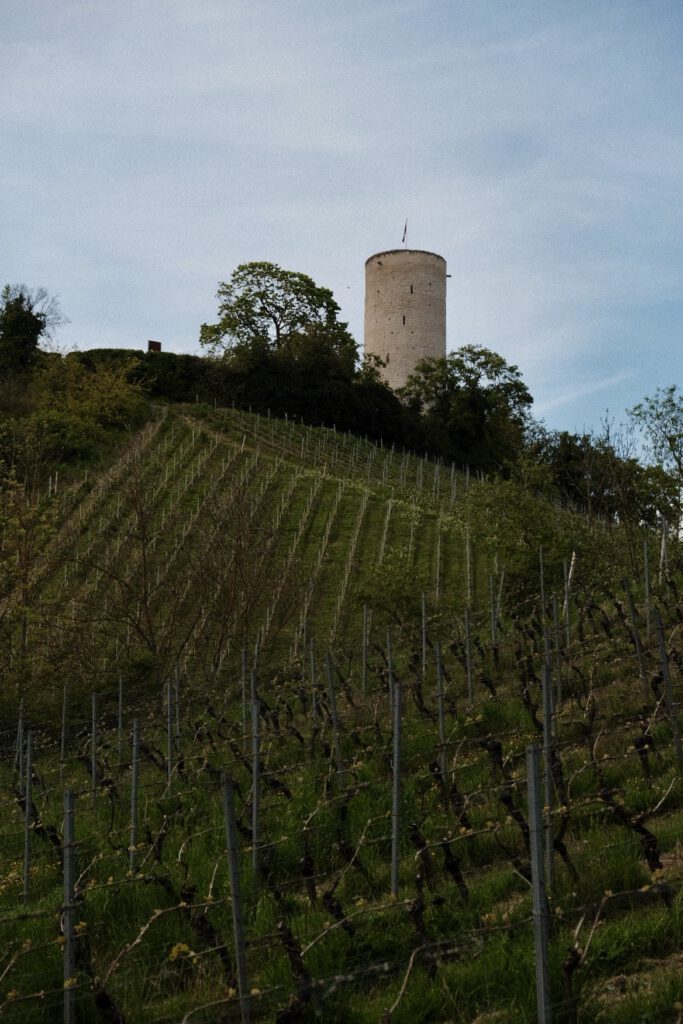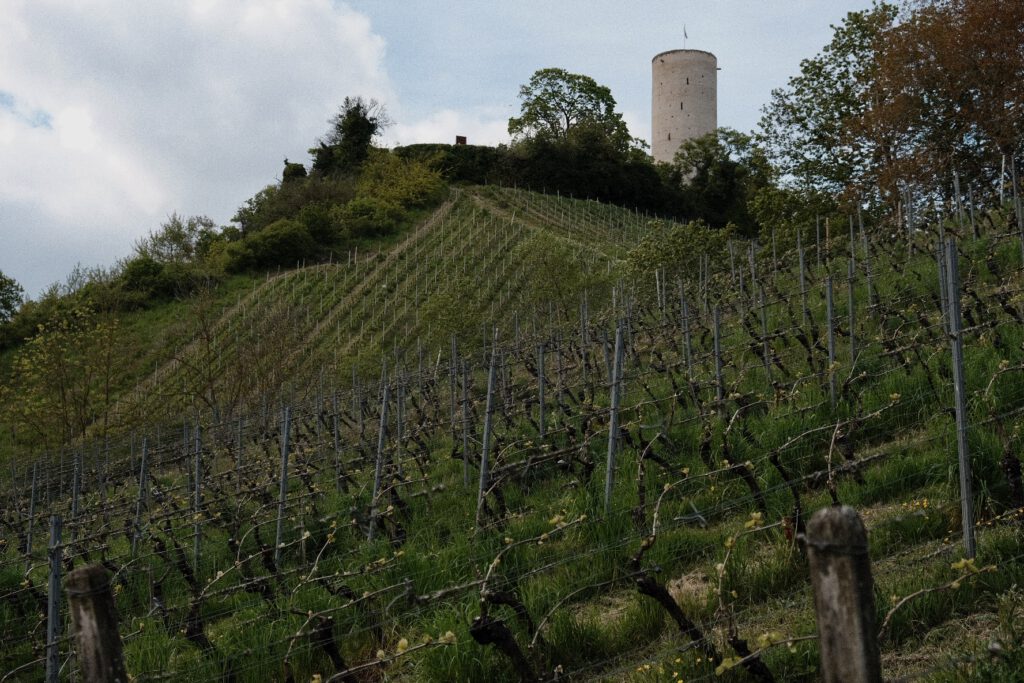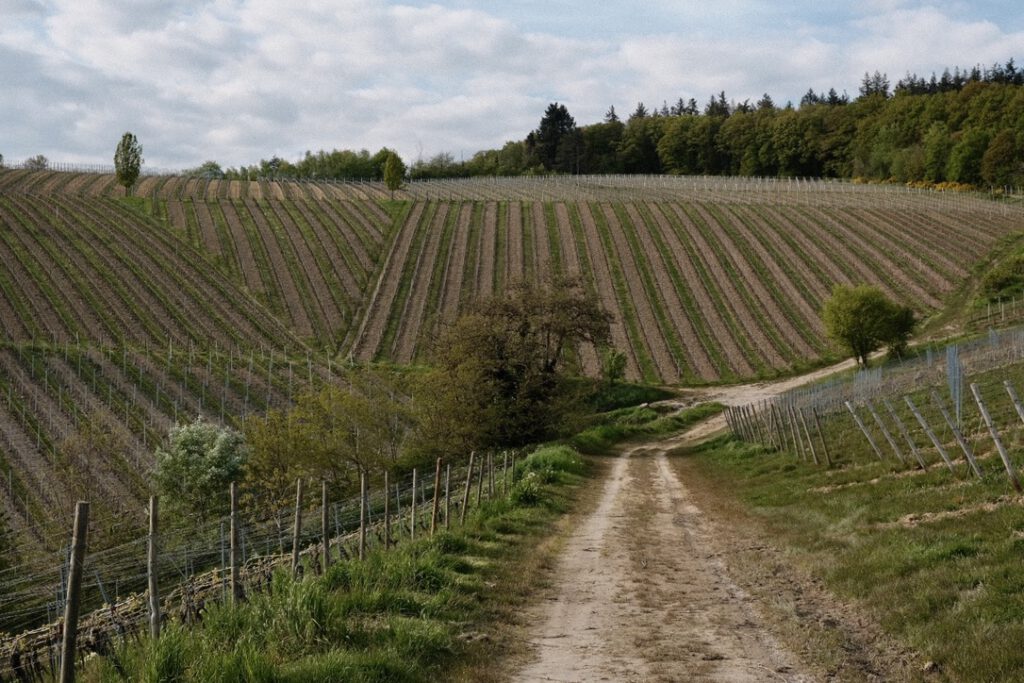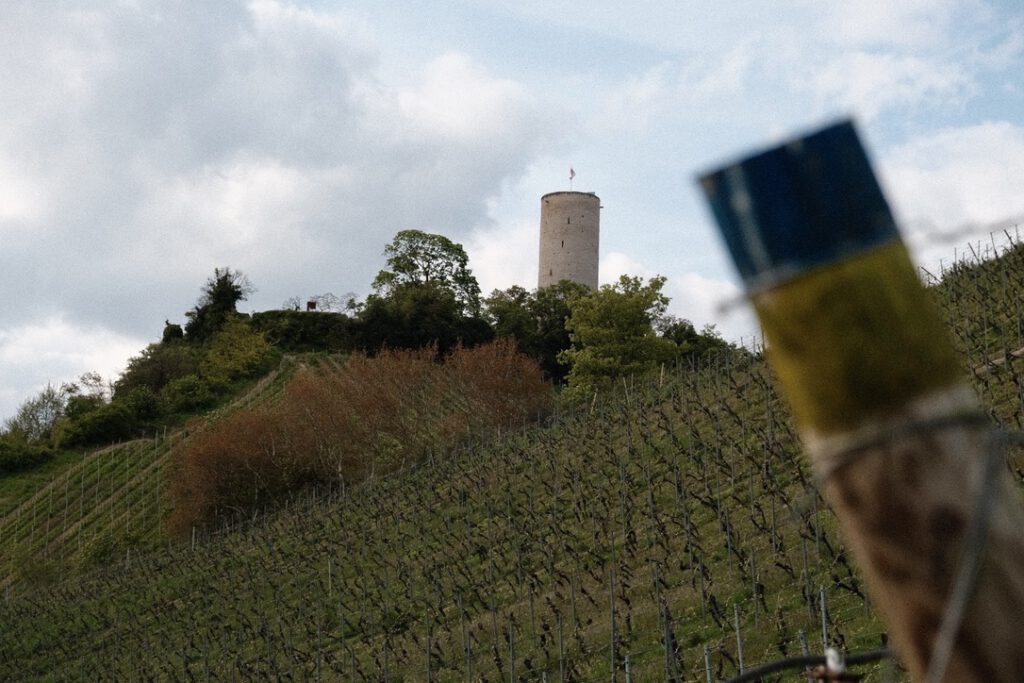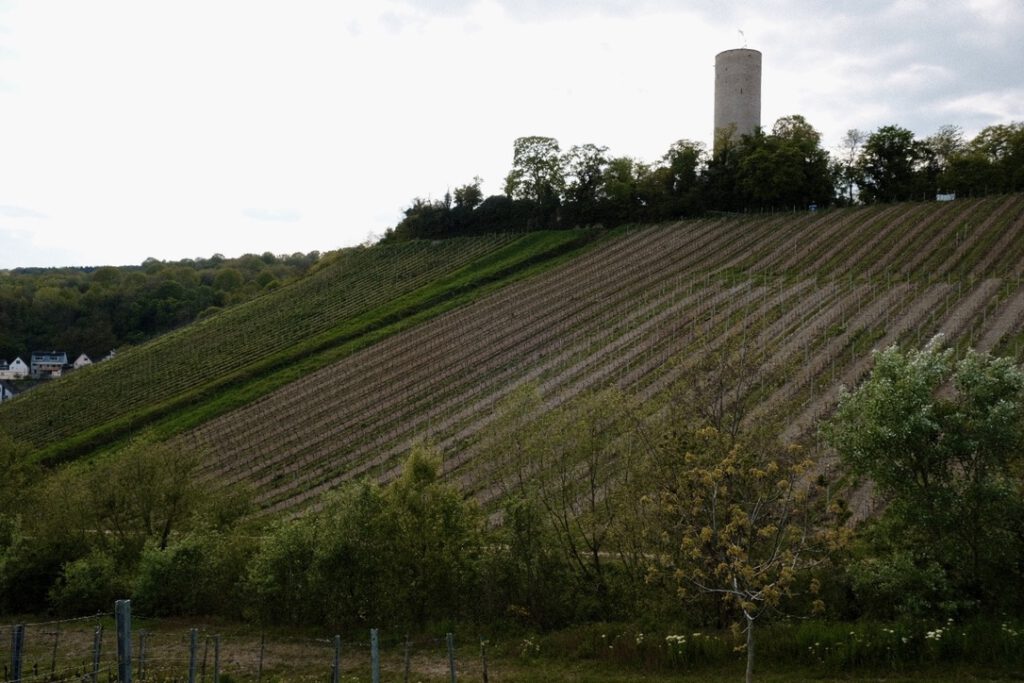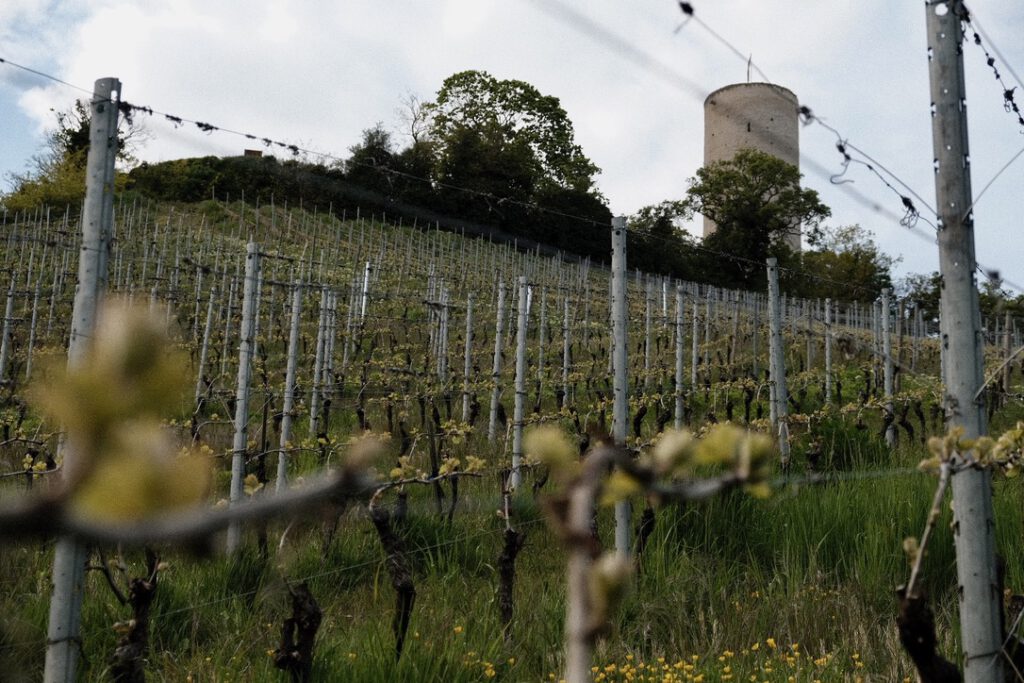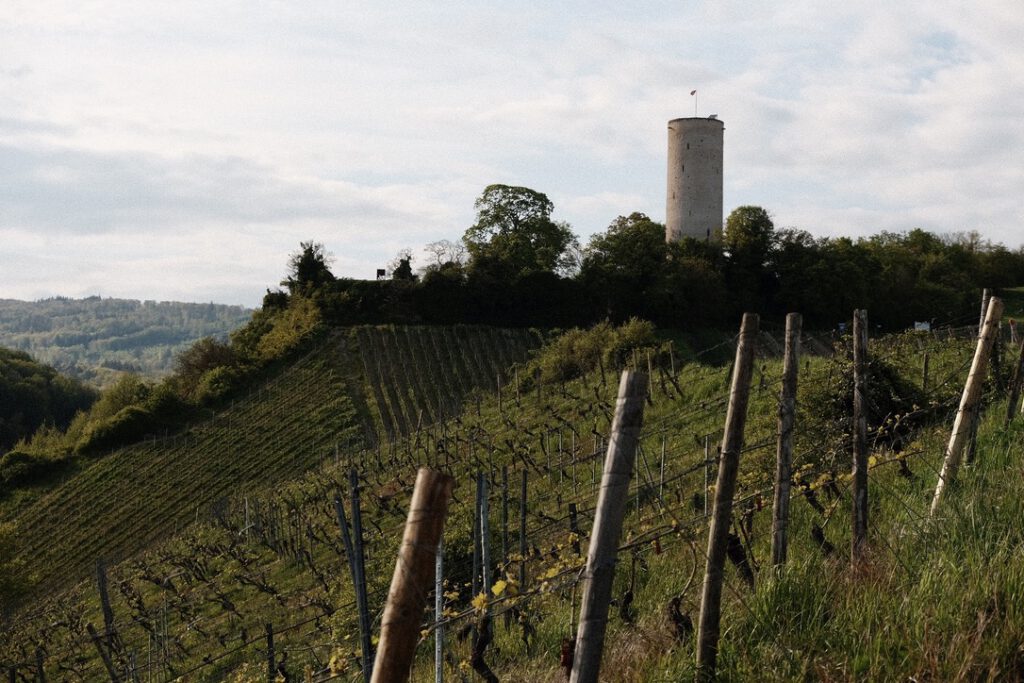
Turmberg in Kiedrich – one of the Rheingau’s most captivating vineyards and the exclusive monopole of Weingut Robert Weil. Here, wines are crafted with a cool precision and elegance, shaped by the steep slopes of phyllite slate and a unique microclimate. Though classified as “only” a Premier Cru, the Turmberg demonstrates that extraordinary character doesn’t require the highest classification. But what makes this vineyard so special, and what links it to the Mosel?


